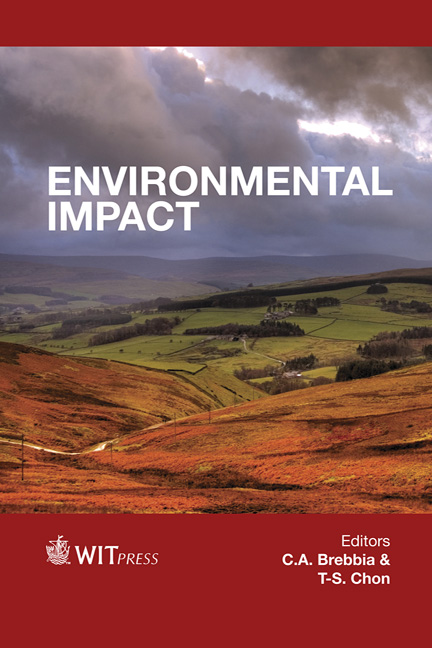Cultivating Our Cities
Price
Free (open access)
Transaction
Volume
162
Pages
10
Page Range
183 - 192
Published
2012
Size
2766 kb
Paper DOI
10.2495/EID120171
Copyright
WIT Press
Author(s)
I. M. Madaleno
Abstract
Greenitude helps to beautify urban environments and is used to improve the urbanites’ quality of life. Native trees and medicinal herb species are essential components in Latin American front and backyards. They can be found as hedges and flourishing bushes in gardens, in small vases on terraces and balconies, in vacant urban plots, and in peripheral lots and farms. They constitute a valuable resource for low-income residents and a source of alternative medicine for many. In addition central markets and weekly fairs provide a wide variety of wild species used in treatments for mild or chronic diseases, which are well-known by Latin American citizens. The paper presents a comparative study carried out over the course of a decade in Lima (Peru), Santiago (Chile), Río Cuarto (Argentina), Colonia del Sacramento (Uruguay), Belen and S. Louis (Brazil), Havana (Cuba), San José (Costa Rica) and Mexico City (Mexico). The objectives of the ethno-geographic study are twofold: to report successes in natural resources management at a local level as paradoxes of globalisation and to publicise how cultivated front and backyards contribute to build more resilient urban agglomerations, benefitting both the society and the environment, because traditional healing practices and ethno-botanical knowledge are important legacies for future generations. Keywords: medicinal species, urban agriculture, Latin America. 1 Introduction For over 30 years sustainable cities have been the leading paradigm of urban development [1]. The great recession that began with the subprime crisis in the summer 2007 and provoked the U.S. financial collapse [2] has led to the abandonment of some of the most ambitious sustainable development projects, though [3]. Furthermore, resistance to globalisation is widespread among the general public [2], particularly after the 2010 European financial meltdown,
Keywords
medicinal species, urban agriculture, Latin America.





